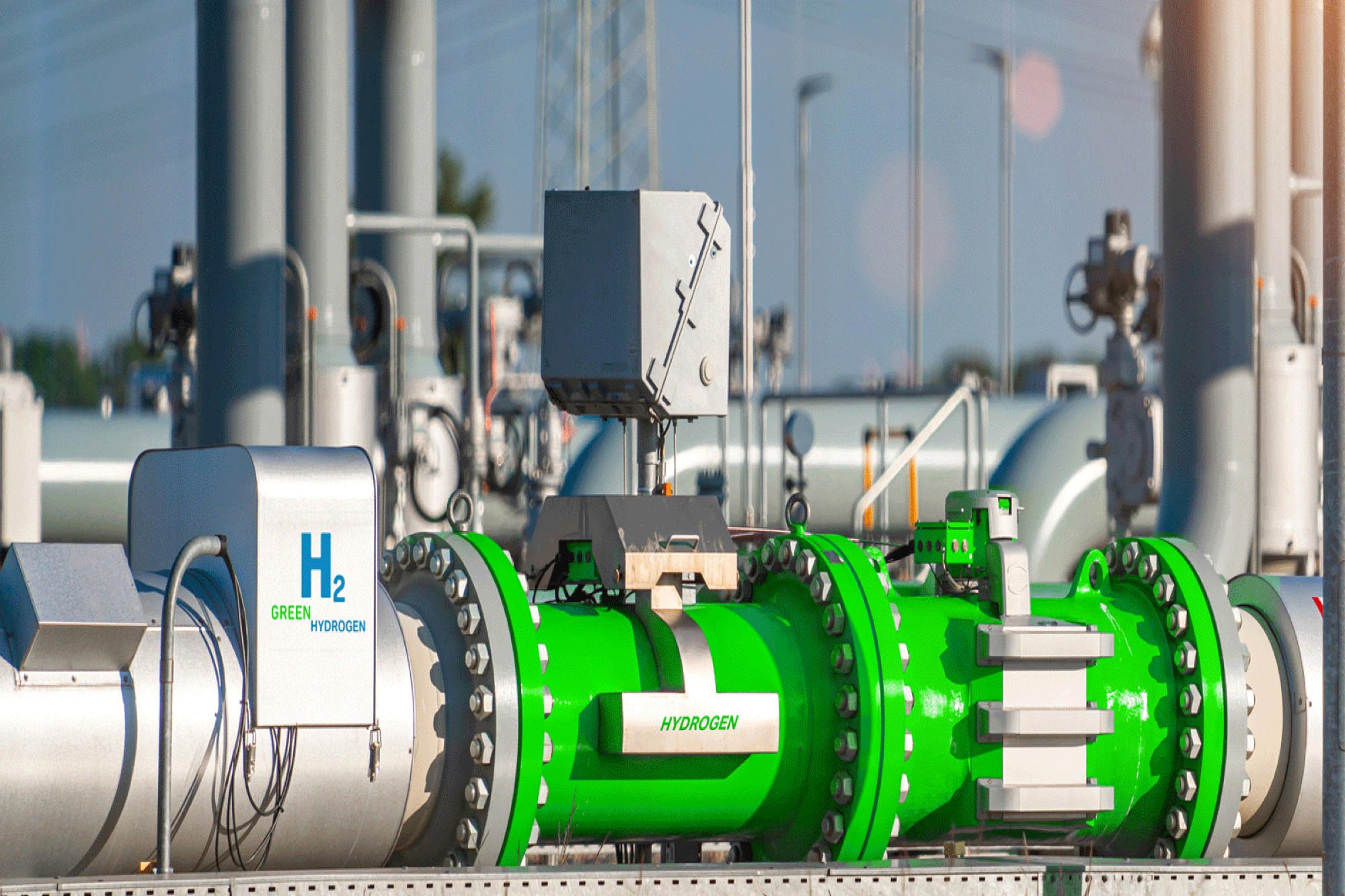India’s green hydrogen industry could unlock an additional INR 5 lakh crore: CEEW
By Staff Report May 2, 2025 6:15 pm IST
By Staff Report May 2, 2025 6:15 pm IST

The study, supported by the Ministry of New and Renewable Energy (MNRE), also found that this potential support, embedded across policies in 12 states, complements the central outlay of the ambitious National Green Hydrogen Mission (NGHM).
India’s green hydrogen industry could unlock an additional INR ~5 lakh crore (USD 61 billion) through already existing state-level policies, finds a new independent study released by the Council on Energy, Environment and Energy (CEEW). The study, supported by the Ministry of New and Renewable Energy (MNRE), also found that this potential support, embedded across policies in 12 states, complements the central outlay of the ambitious National Green Hydrogen Mission (NGHM). It can be a game-changer for scaling domestic production and export for green hydrogen.
CEEW’s study, Augmenting the National Green Hydrogen Mission: Assessing the Potential Financial Support through Policies in India, evaluates how state-level provisions complement the NGHM’s market development outlay and the Ministry of Power’s Green Hydrogen Policy. Green hydrogen is key to decarbonising hard-to-abate heavy industries. As a clean energy carrier, it can also power heavy road vehicles, ships and aircraft, and can be used as a long-duration energy storage solution.
CEEW’s study reveals that just seven states—Odisha, Maharashtra, Tamil Nadu, Uttar Pradesh, Rajasthan, Andhra Pradesh, and Gujarat—account for 92 per cent of the total estimated state-level support, underlining their central role in shaping India’s green hydrogen ecosystem. If fully leveraged, these incentives could help meet India’s 5 million tonnes annual production target by 2030, along with the additional state-level targets. The study measures both power-related and non-power-related support, including capital subsidies, interest subvention, state GST reimbursement, and exemptions on electricity duty, transmission, and wheeling charges. Nearly 63 per cent of the total support—equivalent to INR 3.12 lakh crore (USD 38 billion)—is power-related, highlighting the crucial link between low-cost renewable electricity and green hydrogen viability.Hemant Mallya, Fellow, CEEW, said,“India has set one of the world’s highest green hydrogen targets, backed by central and state-level policies offering financial incentives. The CEEW study aims to inform industrial and financial sector stakeholders about the extent of governmental support available for green hydrogen projects. By quantifying monetary incentives—including budgetary provisions and exemptions—the report emphasises India’s attractiveness as an investment destination for green hydrogen. Faster, standardised clearances through centre–state coordination will be key towards supporting the National Green Hydrogen Mission’s vision of positioning the country to lead in green hydrogen production and exports.”
With policies in place and support quantified, the next phase of India’s green hydrogen journey hinges on execution. Power-related incentives, especially interstate open access, will enhance India’s cost-competitiveness in green hydrogen. Industry must now act—by leveraging these incentives to build projects on the ground for both domestic use and exports.
We use cookies to personalize your experience. By continuing to visit this website you agree to our Terms & Conditions, Privacy Policy and Cookie Policy.